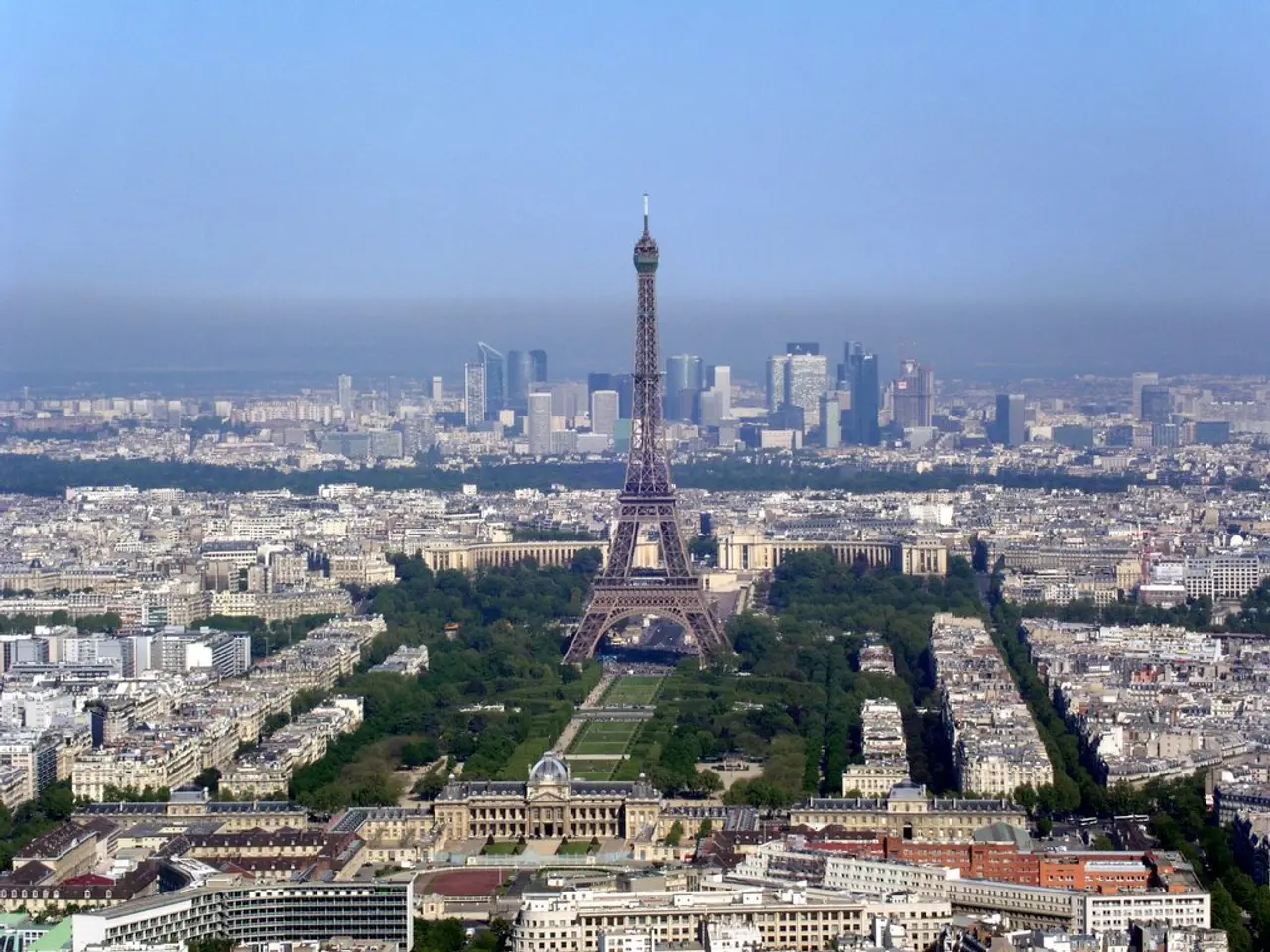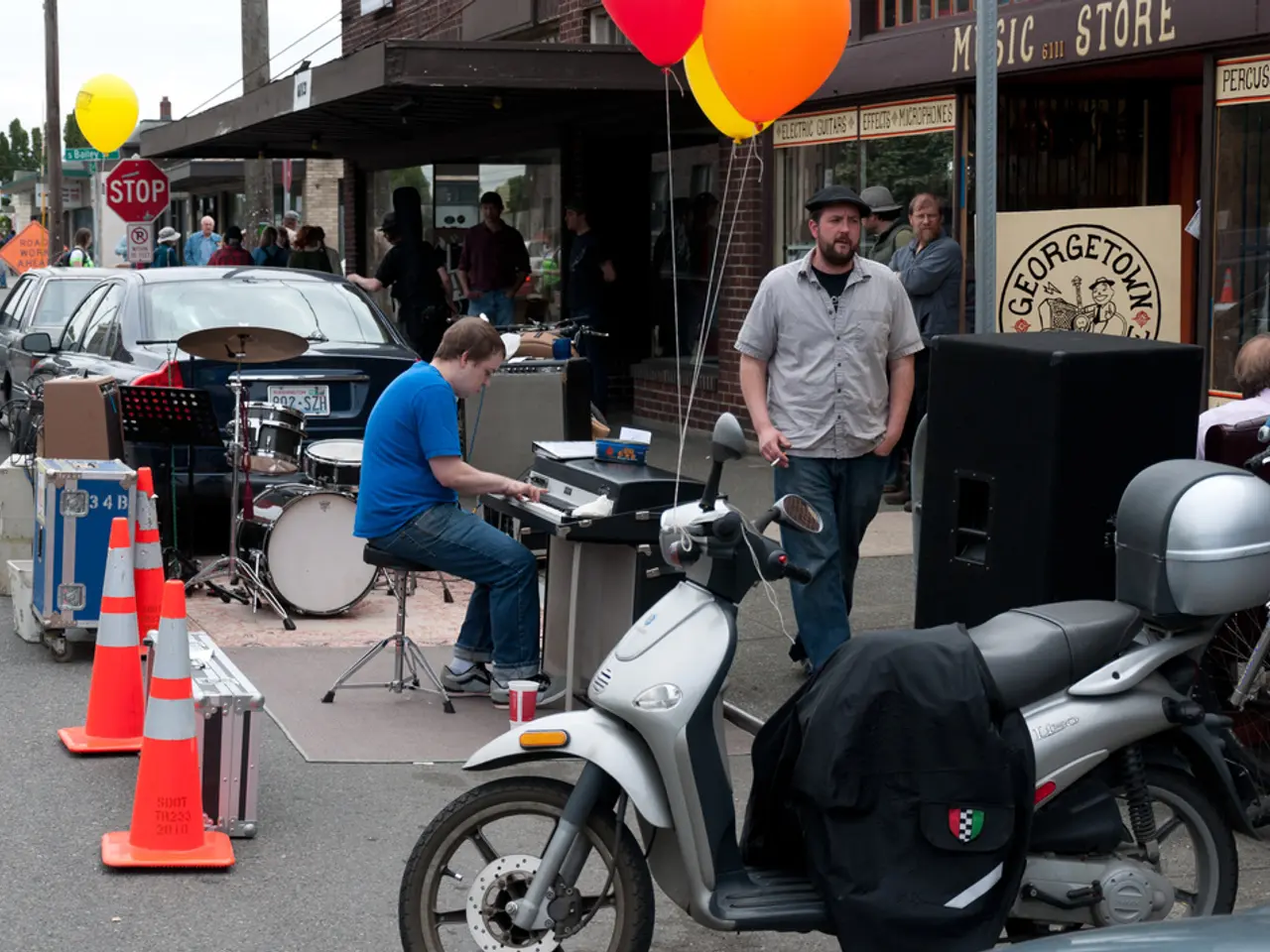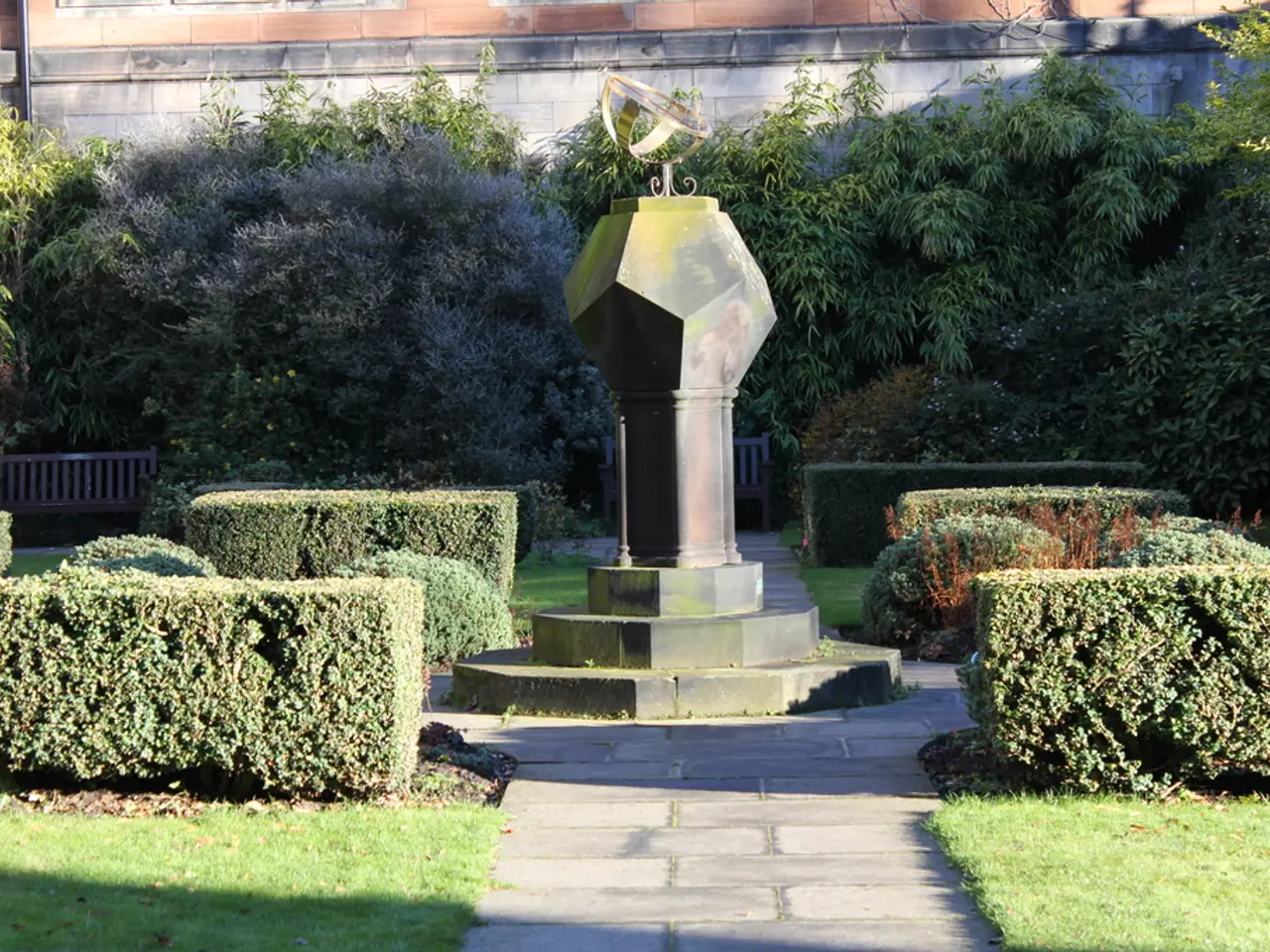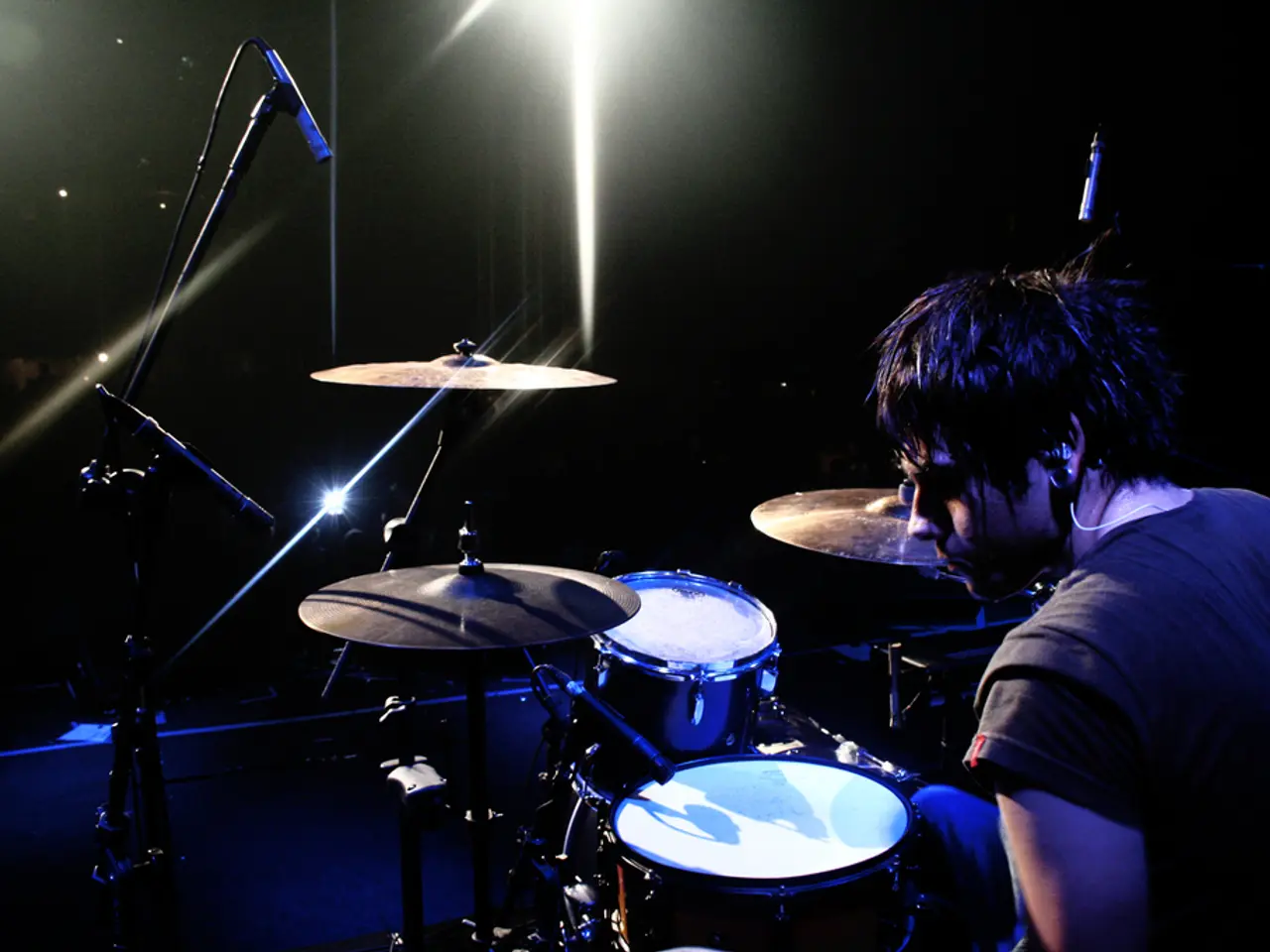Unexplored Facts About the Iconic Eiffel Tower
====================================================
The Eiffel Tower, an iconic symbol of Paris, is known worldwide for its timeless silhouette. But beyond its role as a tourist attraction, the tower has had a fascinating history filled with lesser-known uses and adaptations.
Originally proposed for Barcelona, Spain, the Eiffel Tower was rejected as too radical and expensive. It was eventually constructed in Paris for the 1889 World's Fair, initially meant to stand for only two decades. However, its utility as a radio transmission tower saved it from being torn down in 1909.
Throughout the years, the Eiffel Tower's distinctive appearance has evolved, not just in terms of structure but also in colour. From shades of red to yellow and the current "Eiffel Tower Brown," the tower has undergone multiple repainting since its construction, with around 60 tons of paint used every seven years to refresh its appearance.
One of the tower's lesser-known uses was as a massive billboard. In fact, from 1925 to 1934, it transformed into the world's tallest advertising space, displaying large illuminated signs advertising Citroën cars on three sides. Today, the tower's elegant silhouette is left free of advertisements.
The Eiffel Tower has played significant roles in communication, science, and broadcast innovation. Since the early 1900s, it was used for radio transmissions, contributing to global timekeeping and even aiding the Allied victory at the First Battle of the Marne during World War I.
Moreover, the tower was part of the International Time Service from 1910. In 1910, physicist Theodor Wulf conducted early cosmic ray measurements by comparing radiation at the top and bottom of the tower. Franz Reichelt also tried and died demonstrating a parachute prototype by jumping from the tower’s first level in 1912.
The Eiffel Tower was also used for early television broadcasts in 1935. Gustave Eiffel's engineering expertise extended beyond the tower itself to other metalwork projects in Paris, including a water-carrying metal bridge, a school auditorium's metal framework, and the metal and glass roofing for the historic Crédit Lyonnais headquarters.
Behind the Eiffel Tower's timeless silhouette lies a story filled with controversy, ingenuity, and reinvention. Its multifaceted historical significance extends beyond tourism, making it a testament to adaptability and a symbol of human innovation.
[1] History.com Editors. (2020). Eiffel Tower. [online] Available at: https://www.history.com/topics/france/eiffel-tower
[5] The Guardian. (2012). Eiffel Tower: the hidden stories behind Gustave Eiffel's masterpiece. [online] Available at: https://www.theguardian.com/artanddesign/2012/mar/24/eiffel-tower-hidden-stories-gustave-eiffel
The Eiffel Tower, with its timeless silhouette, has not only served as a tourist attraction but also as a platform for advertising, communication innovation, and even scientific experiments. Its utility as a massive billboard, radio transmission tower, and early television broadcast center highlights its versatile and adaptable lifestyle.
The Eiffel Tower's historical longevity and multifaceted significance make it a symbol of wisdom and human ingenuity, occupying a unique place in the annals of travel and cultural iconography.




